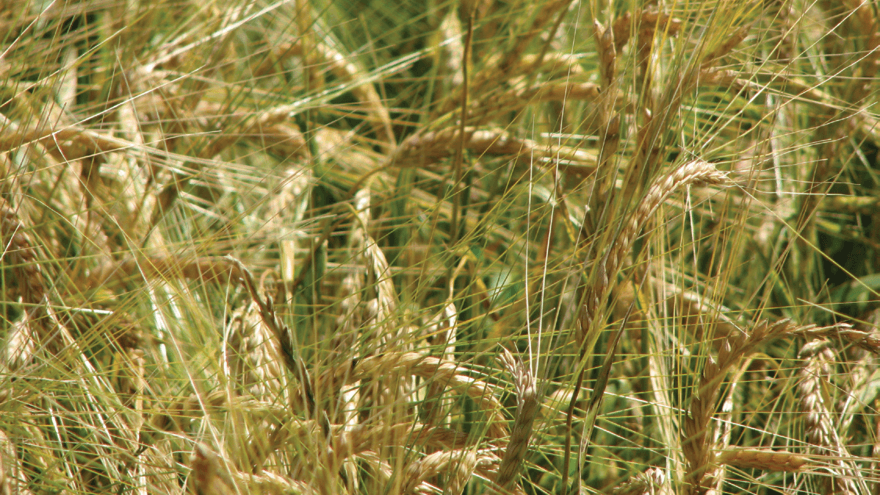
Successful autumn sown cereals
Achieving desired yields for autumn sown cereal crops means timely provision of the nutrients these hungry crops require.
“Cereal crops are demanding on the soil and only yield well if sufficient nutrients are provided,” says Ballance Agri-Nutrients Nutrient Dynamics Specialist Jim Risk.
“One of the most important factors for achieving a desired cereal crop yield is nitrogen. Applied in the right amounts, at the right time, results in higher yields and protein content. In addition, sulphur is also important as it supports nitrogen uptake and also helps with protein content.
“Before deciding on fertiliser for cereal crops consider the previous crop’s nutrient removal and retention,” says Jim.
High-yielding crops remove more nutrients from the soil and the type of crop residue and how it is managed also impacts on nutrient levels. Grain crop residues contain varying amounts of plant nutrients such as nitrogen (N), phosphorus (P), potassium (K), sulphur (S) and magnesium (Mg).
Nitrogen requirements depend on desired yield, soil N content and end-use. Mineral N testing or deep N testing helps to refine fertiliser N inputs. A rule of thumb to calculate cereal N requirements is 24 kg of N per hectare per tonne of yield. To calculate use this formula: Fertiliser N (kg N per hectare) = (23 to 25 kg N x grain yield (T)) – mineral N (kg N per hectare).
“Application of N fertiliser for grain crops should coincide with rapid growth periods, such as stem elongation in autumn sown crops,” says Jim.
Sulphur is usually applied at sowing. However, as S readily leaches over winter (on most soil types), sulphate S should also be applied in spring with the first N side dressing. Plant-available S and N are often in short supply after winter due to slower conversion of non-plant available N and S into plant-available forms.
Barley generally needs less N than wheat, particularly if grown for malting, but has the same S requirement. There is usually enough N in the soil to support growth of barley and wheat until the first spring side dressing is required at growth stage 30 to 31. But if spring soil mineral N levels are very low, or the crop has had poor establishment, N application can be brought forward.
“The right products applied at the right time will minimise leaching,” says Jim. “If winter rainfall is high, split S between autumn and spring or delay until spring. If S levels are low at sowing, a product such as Sulphurgain 15S provides an immediate boost of sulphate S as well as slow-release elemental S, which won’t leach over winter. But as not all of the elemental S will release by spring, if levels are low in spring, apply SoA or SustaiN Ammo as a first side dressing,” says Jim.
YaraMila Actyva S is an ideal base/starter fertiliser for autumn or spring sown cereals. It contains N, P, K and S along with key trace elements in a convenient granule, suitable for broadcasting or drilling, which helps promote even establishment.
For more information on an appropriate fertiliser for your autumn cereal crops, contact your local PGG Wrightson Technical Field Representative.



